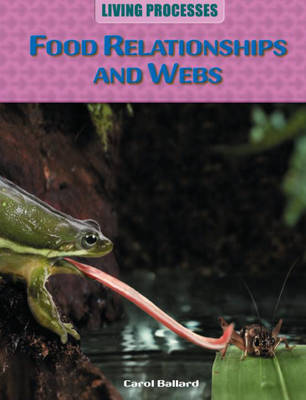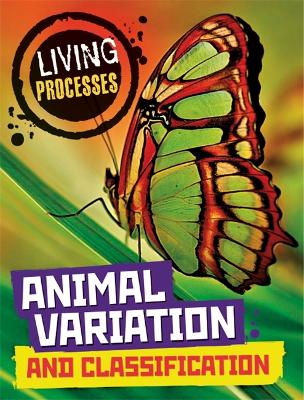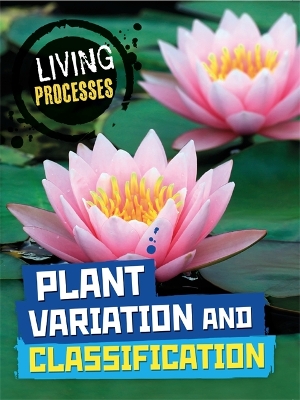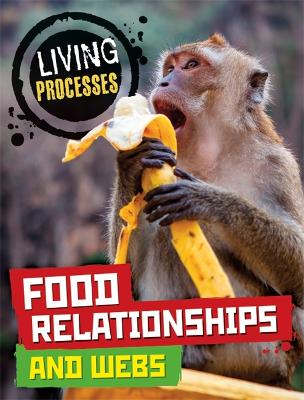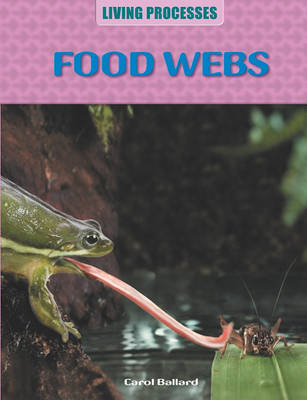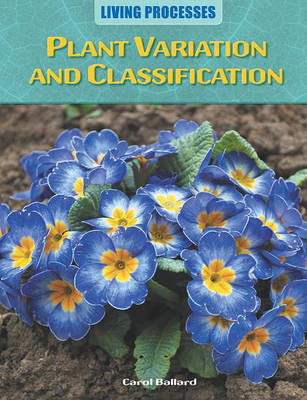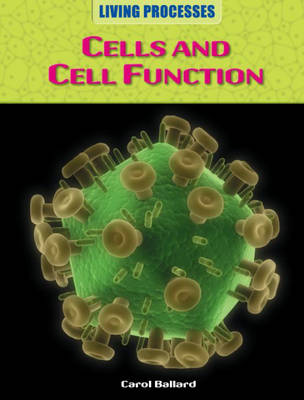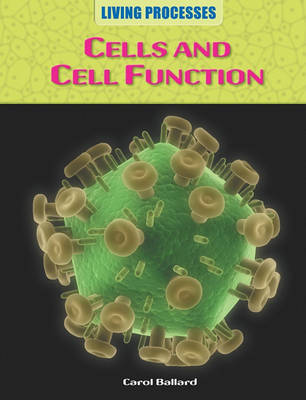Living Processes
8 total works
Find out how our classification system helps us make sense of the natural world. This book explains how our animal classification system works and how scientists use it to identify and group animal species. It explores evolution, mutation and the variation between and within animal species and discusses how and why such variations have occurred.
Includes fieldwork investigations that show how to classify animals using various keys and fascinating fact boxes that offer in-depth information on topics such as breeding. An activity project shows students at Key Stage 3 how to classify the birds in their area.
The six books in the Living Processes series look at the processes all living organisms must carry out in order to stay alive. From feeding and drinking through to breathing and reproducing, it explores the differing ways in which organisms carry them out.
Find out how our plant classification system works and look at how scientists use it to identify and group plant species. This book examines the features required to classify a plant, the key plant kingdoms and the plants that fall within them. This also looks at the variation between and within plant species and debates how and why such variations have occurred.
Includes fieldwork investigations that show students at Key Stage 3 how to classify plants in their area and fascinating fact boxes that offer in-depth information on topics such as mutation. An activity project shows students how to create their own classification key.
The six books in the Living Processes series look at the processes all living organisms must carry out in order to stay alive. From feeding and drinking through to breathing and reproducing, it explores the differing ways in which organisms carry them out.
Find out how the passage of energy from one organism to another creates a food chain. This book explores how the need to find and consume food creates an interlinking chain between organisms, from the producers of energy to the consumers. It also looks at what happens when a food chain breaks down and the disastrous consequences this can have for the organisms in the chain.
Includes fieldwork investigations that show how to identify food chains and webs and fascinating fact boxes that offer in-depth information on topics such as echolocation. An activity project shows students at Key Stage 3 how to build their own food web.
The six books in the Living Processes series look at the processes all living organisms must carry out in order to stay alive. From feeding and drinking through to breathing and reproducing, it explores the differing ways in which organisms carry them out.
